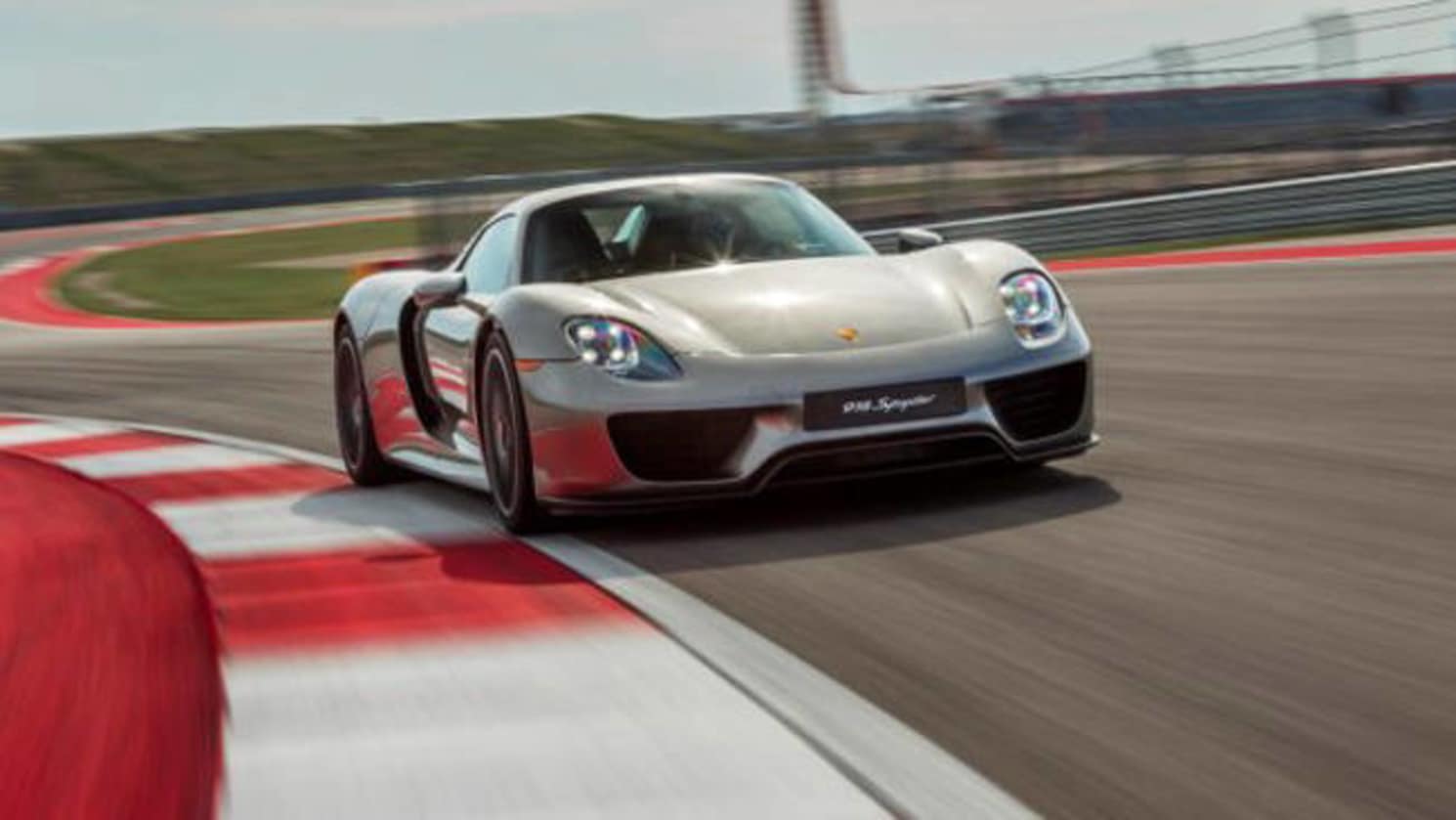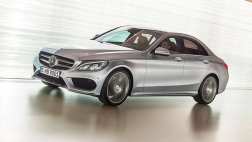It’s not often you’re behind a professional race car driver who’s pushing flat out in a Porsche 911 Turbo S, and you think to yourself, “I wish this guy would pick up the pace a bit.” But that’s exactly what you find yourself thinking when you’re chasing that pro from the cockpit of the 918 Spyder. And you’re not even breaking a sweat.
The 918 is just that good. As a speed machine, it’s utterly untouchable by the pantheon of cars that deign to confer with mere mortals. In the newly-discovered territory of the hypercar stratosphere it may have one or two equals, but very few cars in the sub-$1m class can hang with it, and none do it with such un-flustered ease.
TECHNOLOGY
If, at some point, you find yourself executing flawless apexes at speeds that you’d normally encounter at the end of a mid-length straight, and wonder “how in the hell did I do that?”, you’ll have taken the Wizard of Oz’s advice to heart. You’ve ignored the man - or, more precisely, the 80 or so computers - behind the 918’s technological curtain.
Make no mistake: the speed is real. But there’s a whole lot going on behind the scenes to make it possible. Computers talk to computers, telling each other how much power to apply to the front axle (which has its own standalone electric motor, capable of delivering up to 96kW). Other computers take the data and filter it through their own algorithm, deciding how much power to send from the 115kW rear electric motor to the rear axle, while the 453kW V8 engine does the same, all of them answering to your right foot.
Amid this 345km/h internet on wheels, still more computers are deciding how to best vector that per-axle power to each individual wheel, pushing and pulling the 918 around corners with grip like an errant bead of weld left overnight on a workbench.
But all of this goes on behind the scenes, so free of interference with the driver, that it seems as if it’s not happening at all — only the speed is real.
But the price for this wizardry is paid in weight and in a vague sense of something artificial in the mix. It doesn't ruin the fun, but it does mute it ever so slightly.
Porsche's engineers have taken a brilliant, raucous 9150-rpm Le Mans P2 prototype V8 engine, opened it up a bit, then stuck it -- and its tailpipes -- right behind your ears. Stomp the pedal and things get fun in a hurry.
The electric motor at the rear helps to drive the rear wheels on demand, or does it on its own in electric mode. At the front, another motor lies aft of the front axle, but is completely decoupled from the powertrain bits at the rear. That's right, that front motor is all on its own, running in sync with the rear through some NASA-grade tech at speeds up to 265km/h. After that, the 918 Spyder becomes rear-drive only.
Underlying all the powertrain synchronisation is a single-mode traction and stability control system, that when on is ready to handle everything from a gravel-strewn mall parking lot to a 225km/h apex. So well-tuned that we never once felt it intrude on our fun even when we were testing the limits on track, it will let you slide, countersteer, apply throttle to correct yaw, and more. Part of the magic is the torque vectoring enabled by the electric motors on each axle. Sophisticated electronics apply more power, rather than stealing power or applying brakes, to help match the car's course to your intended arc.
Tying it all together is a set of five modes that alter the character of the 918 Spyder significantly by determining which combination of technology to bring into play. Accessed through the knob at four o'clock on the steering wheel, the modes are: E-Power, Hybrid, Sport Hybrid, Race Hybrid, and, with a press of the central red button while in Race mode, Hot Lap mode.
STYLING / FEATURES
The interior of the 918 Spyder is, in most respects, rather normal. Leather covers just about everything that's not made of carbon fibre or brushed aluminum; the steering wheel is familiar, though it bears a few extra adornments; the view out the windshield is clear and wide. It's a welcome sense of normalcy--after all, there's no place like home.
Fixed-back racing-style carbon fibre bucket seats limit seating positions, and the steering wheel telescopes, but doesn't tilt, but your 6'2" American-built author had no trouble getting comfortable in either the driver's or passenger's seat. One thing you won't find in most Porsches is located just below the passenger's knees: a fire extinguisher, strapped to the floor.
A unique infotainment system sets the 918 Spyder apart from Porsche's typically button-heavy console, however, replacing the buttons with capacitive touch sensors arrayed along a narrow, high strip down the middle of the cabin. At the top of this center span is a portrait-layout screen that displays and controls the cabin functions. Just above that screen, arrayed horizontally in the center of the dash, is a secondary screen, angled toward the driver, where navigation, charge state, and other information can be displayed. While we didn't get much time--or have much inclination--to futz with the sound system, the 918 Spyder does come with a Burmester audiophile-grade stereo.
DRIVING
Driving the 918 Spyder around suburban streets, along interstates, or through town, you'll find it to be surprisingly familiar. It's comfortable, more so than many sports cars, let alone supercars, only jostling the occupants over the more extreme lapses in road maintenance. Steering, braking, and throttle are all light and easy, making it painless to simply trundle along with the flow of traffic.
The everyday driving experience is almost disappointing in its normality, until you realise the true magic of the 918 Spyder: It's like owning a Holden Volt that can fit a 661kW hyper-hybrid in the trunk. It's the crowning achievement of the powerful brains at Porsche, and it's brilliant.













